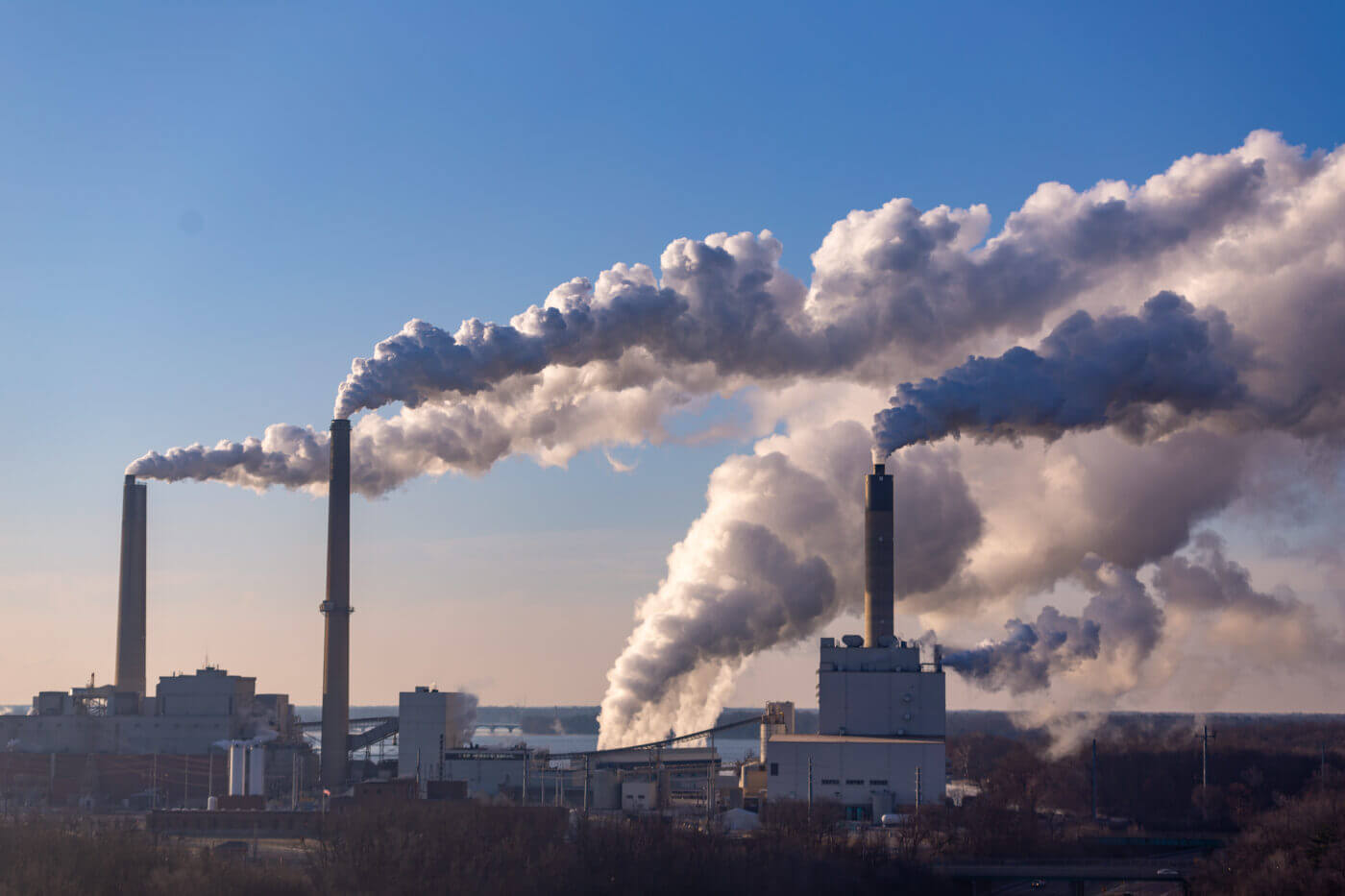
Unleashing technological potential through regulation: Scrubbing away pollution
As we advocate for U.S. EPA to issue carbon capture-based greenhouse gas emissions standards for fossil fuel-fired power plants, one question keeps coming up: how many power plants in the U.S. have carbon capture installed today? That question misses the mark — not only legally, but as a practical, technical matter. History shows that pollution control options can be developed, available, and cost-effective, yet sit on the shelves gathering dust until some regulation or incentive pushes or pulls an industry to reduce its pollution. This happened in the U.S. with sulfur dioxide scrubbers — which are now widely used, thanks to emission regulations starting in 1971. And today, there is sufficient evidence for EPA to base CO2 emissions standards on what can be achieved using carbon capture and sequestration (CCS) technology, which would finally tap into its pollution reduction potential.
One type of carbon capture — the most developed — is post-combustion capture. It is a carbon scrubber with very similar characteristics to the flue gas desulfurization (FGD) post-combustion sulfur scrubbers EPA has based sulfur standards on since the 1970s. Both carbon and sulfur scrubbers are end-of-the-pipe technologies that remove harmful emissions from flue gases to then be stored or disposed of. Consequently, the story of sulfur scrubbers and regulation provides an apt historical analogy to the current moment.
Like carbon scrubbers, sulfur scrubbing technology had been piloted for decades, and federal agencies had conducted research and design work around it. But in 1971, before sulfur standards, there were only three commercial scrubber units operating on U.S. power plants and only one vendor of the technology. By the late 1970s, the standards had led to approximately 119 sulfur scrubbers installed, under construction, or in the planning process, and 16 vendors providing the technology. In comparison, without standards and only recently expanded incentives, carbon scrubbers are currently installed on four power plants in the U.S., and there are 13 vendors offering post-combustion capture for coal and gas-fired power plants. With the right rules, that number could jump up significantly — representing major advancements in U.S. emissions reductions.
At the time the first sulfur dioxide standards were set, utilities claimed that the sulfur scrubbers weren’t sufficiently demonstrated to be the basis for the standards. Sound familiar? These utilities challenged the rules in court, but considering tests of the control systems, research, and manufacturer statements, the D.C. Circuit ruled that the emissions level set by EPA was adequately demonstrated, achievable, and “the result of reasoned decision-making.” The standards held, and EPA continued to look to scrubbers when setting sulfur dioxide emissions levels for years to come. By the mid-1980s, EPA noted that sulfur scrubbers were “commercially established and accepted by the U.S. utility industry — a complete turnaround from the perception just one decade earlier.”
A couple of years after setting the sulfur standards, EPA held a series of listening hearings with the utility industry to figure out why the technology had not been deployed earlier. The agency found utilities had “generally lacked a real incentive to develop” scrubbers without emissions requirements and lacked a “profit incentive to develop and install these systems.” Emissions standards provided that incentive.
Scrubber technology continued to improve — and costs continued to decline — as EPA further regulated sulfur dioxide pollution over the years, including to address the problem of acid rain. Over a two-decade period, scrubber costs decreased by half while the technology’s ability to remove sulfur dioxide increased from 70% to over 95%. This “learning by doing” approach fulfilled the Clean Air Act’s forward-looking and technology-forcing mandate and today 93% of power plant sulfur emissions never reach the atmosphere.
Post-combustion carbon scrubbers, or carbon capture, are traditional pollution controls that are much more proven and further down the learning curve today than sulfur scrubbers were prior to standards. EPA is on solid legal ground in basing standards on CCS. History tells us that deployment can happen rapidly, technology costs will decline further, and most importantly, as a result, climate pollution will be significantly reduced.




